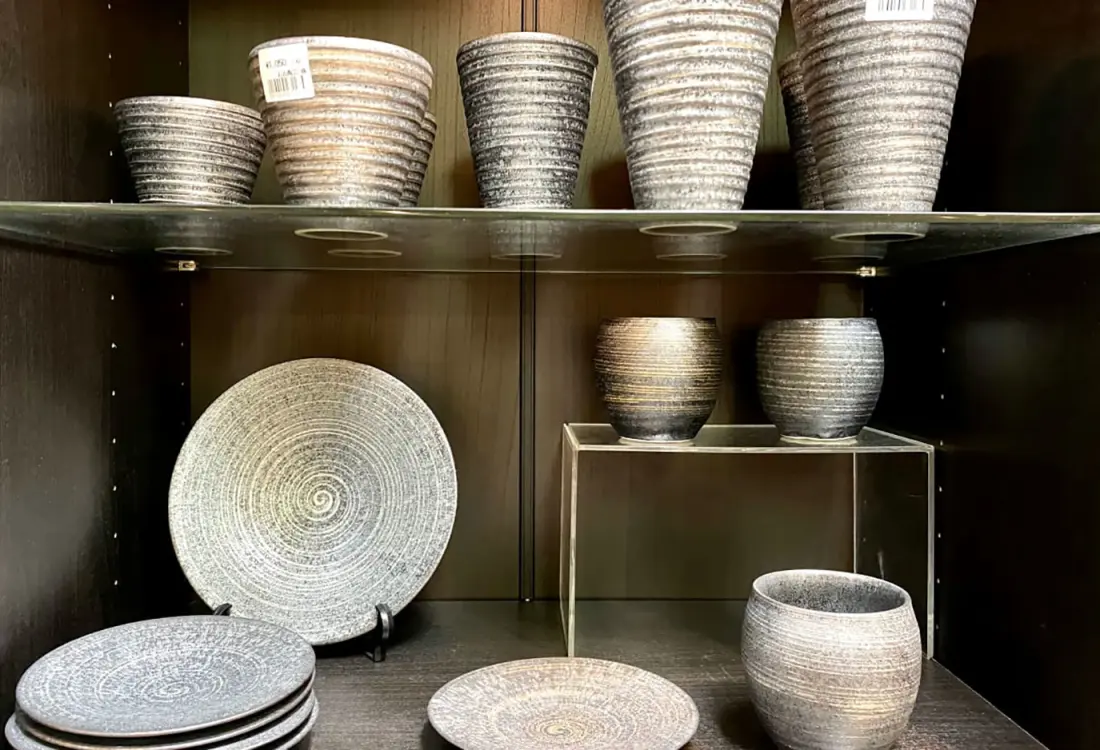
Arita and Hasami
A stylish fusion of tradition and modernity
Japan is home to numerous alluring styles of ceramic wares, and Kyushu is an excellent place to experience this slice of profound artistic culture.
Begin your exploration in Saga prefecture, which has the distinction of being the first area of the country to produce porcelain as an art form. Porcelain differs from other forms of ceramics insofar as it is crafted from a special soft white clay known as kaolin, which was first discovered in Arita, southwestern Saga prefecture, in the early 1600s by Korean-born potter Yi Sam-pyeong.
Since its inception, Arita porcelain has been beloved for its elegant patterning of mostly red and blue designs set against a white backdrop. It quickly found a receptive clientele in the European elite, and was often known as “Imari ware” since it was exported from the port of Imari.
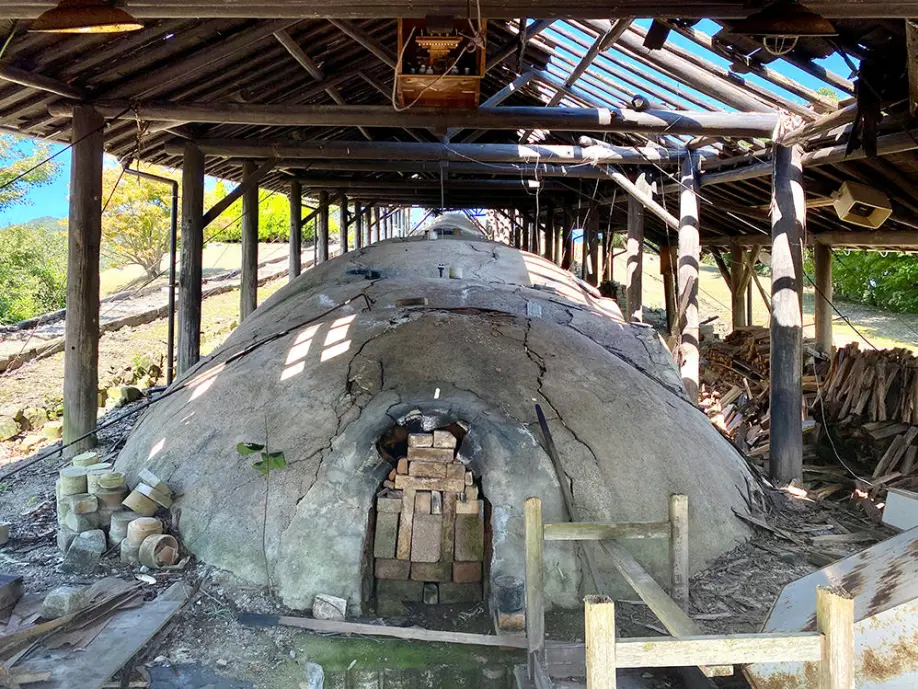
Arita wares went on to significantly influence the development of European ceramics. This is an interesting relationship that is fêted in the Arita Porcelain Park, which features a replica of a German palace from Dresden, along with a reproduced kiln and exhibitions of both Arita and European porcelain. While you’re there, try your hand at hand-crafting an Arita-yaki style ceramic cup or bowl—or throwing one on the studio’s pottery wheel. The European-style gardens are also lovely for strolling.
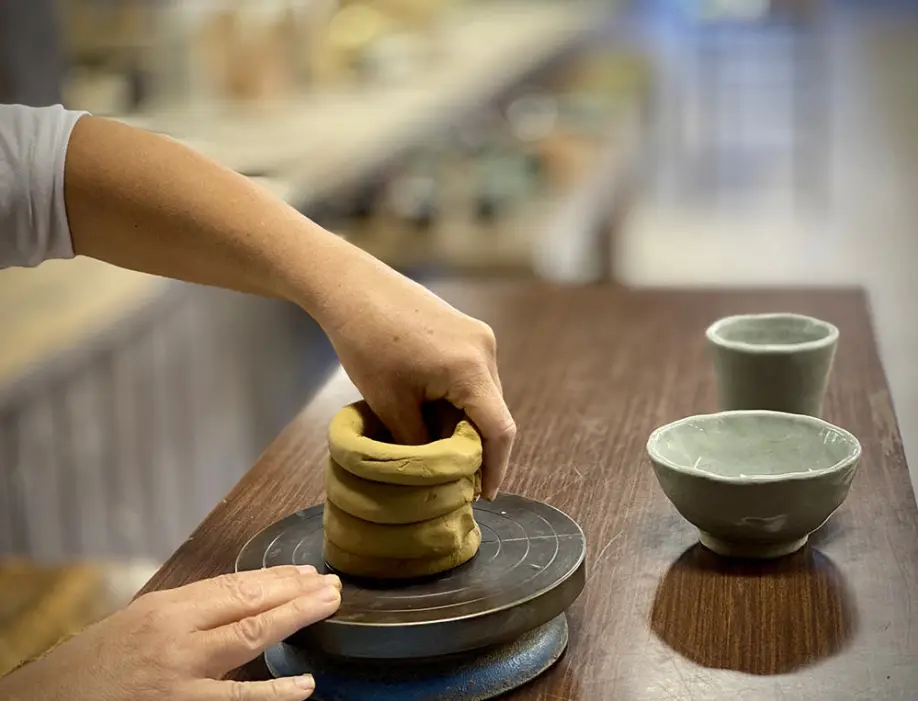
Adjacent to the town of Arita is Hasami, whose wares were similarly sold under the Imari label. Here, however, the local style of pottery is considerably more subdued than that in Arita, where the designs were often quite ostentatious. Produced as both earthenware and later as porcelain, the Hasami style features celadon blue glazing, and the affordable price tags of Hasami wares made them widely available among the populace. Bowls known as kurawanka saw particularly common use among households.

Visit the Kurawanka shop to browse an extensive selection of Hasami wares and other goods, as well as the small onsite museum upstairs. Just outside is the Yakimono Park, an outdoor exhibition area where you’ll find replicas of 12 different styles of kilns.
Historically, the mass production of Hasami wares resulted in a clear division of labor among the artisans involved in each step of the process. Maruhiro, Inc. is a cutting-edge local business initiative that has tied together all of these strands under one roof. Originally launched by a lone Hasami ceramics street vendor, the company has now incorporated several brands of artistic Hasami wares, capturing the vibrant energy of young local artisans in the process. The storefront sign for the Hasami brand features a creative logo depicting a pair of scissors, which also translates as the word “hasami”.

The company flagship store’s interior is itself a work of art, featuring a raised floor crafted by architect Yusuke Seki using 25,000 fragments of discarded pottery from local outdoor kilns. In this sense, the shop has literally brought the history of the region to life right underfoot. Enjoy its edgy vibe and chat with the artists if any of them are around—during our visit, a few of them were skateboarding out in front of the shop.

An excellent locale to unwind after your busy exploration is the nearby area of Nishinohara, located along the highway that cleaves Saga and Nagasaki prefectures. Here, you’ll find a complex that housed numerous Hasami ware facilities during the Showa era, including those for production and shipping, along with the kilns themselves.
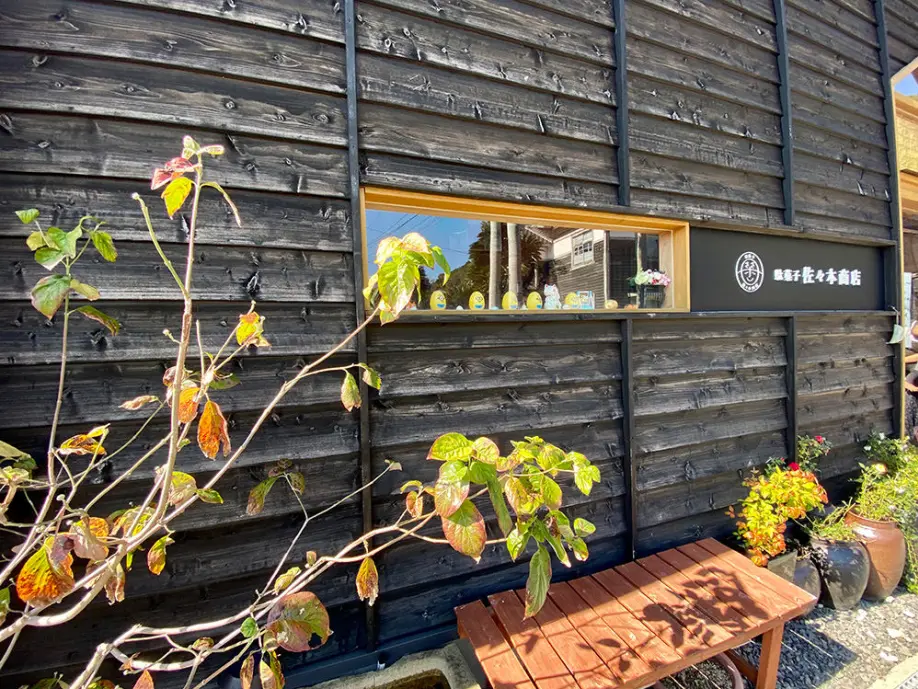
Today, the site has numerous shops and eateries, along with a relaxed feel that invites an afternoon of strolling. Enjoy a meal at Monne Luigi Mooks restaurant, which serves a daily-rotating menu of fare featuring produce from local farms, including Thai green curry and an array of innovative salads.

The leafy-green Isozaki Coffee is also great for an after-lunch coffee. Both establishments serve customers using Hasami tableware. Also featured among the complex’s stylish shops are a stationery store, an event space, a rock-climbing gym, and several shops dedicated to exhibiting and selling all manner of artful Hasami goods.
Also consider visiting the recently renovated local library in the nearby town of Takeo, which includes not only a separate library for children, but a Tsutaya bookstore and Starbucks operated by the Culture Convenience Club, which also runs the trendy T-Site complex in Tokyo’s Daikanyama district.
Takeo is additionally home to the exquisite grounds of the Mifuneyama Rakuen mountainside garden, a lovely place for an afternoon stroll. Consider an overnight stay at the Mifuneyama Rakuen Hotel, which has an ongoing installation from the digital exhibition “teamlab: A Forest Where Gods Live,” which ran until November 2020.
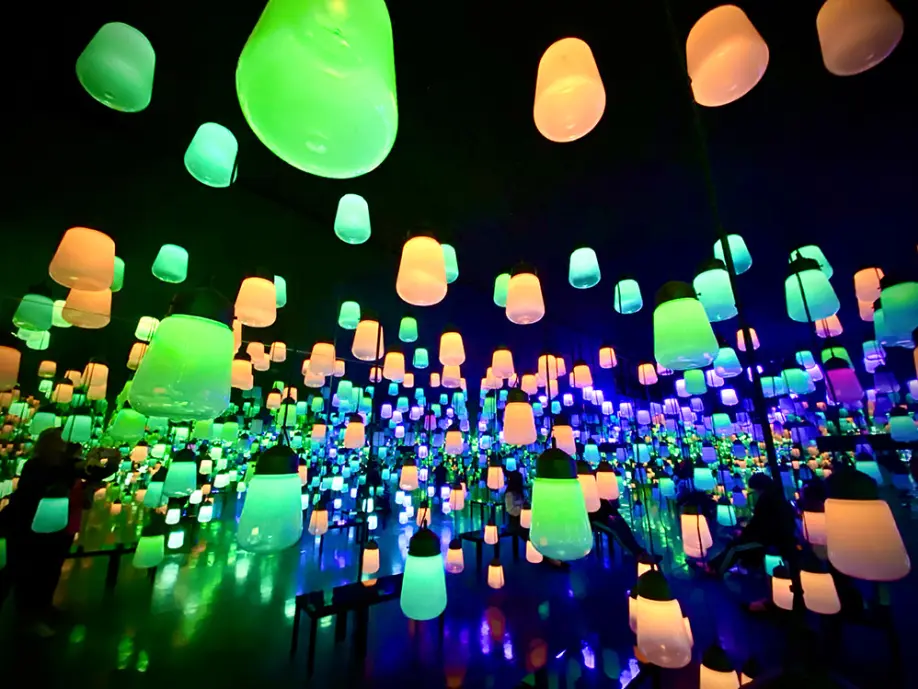
The culture and history of ceramics here are deep, and you can create your own experience by delving into this world at your own pace and in your own style. Drive around and take in the scenery of the chimneys from the local kilns; stop and browse in any of the numerous shops featuring local ceramic wares; and buy a sumptuous piece or two to take back home from this fascinating region. We opted for a stylish set of serving bowls in the Hasami style from Maruhiro--and we will most definitely be back for more.
Since the publication of this article, Maruhiro, Inc. has moved to a new facility called HIROPPA located in the same town.

Photos by Solveig Boergen
Solveig Boergen is a Tokyo-based photographer originally from Germany who has spent more than three decades living in Asia(Japan, China, Hong Kong, Taiwan, Thailand and Nepal). Her work aims to share human stories, and to show realities that might otherwise remain unseen.Besides travel photography, she specializes in portraits that convey deep emotion, such as newborn babies with their families.

Kimberly Hughes
Kimberly Hughes is a freelance writer, translator, and community organizer who is originally from the desert of the southwestern U.S. and has been based in Tokyo since 2001. She is somewhat addicted to global travel, and also loves cooking, gardening and reading.
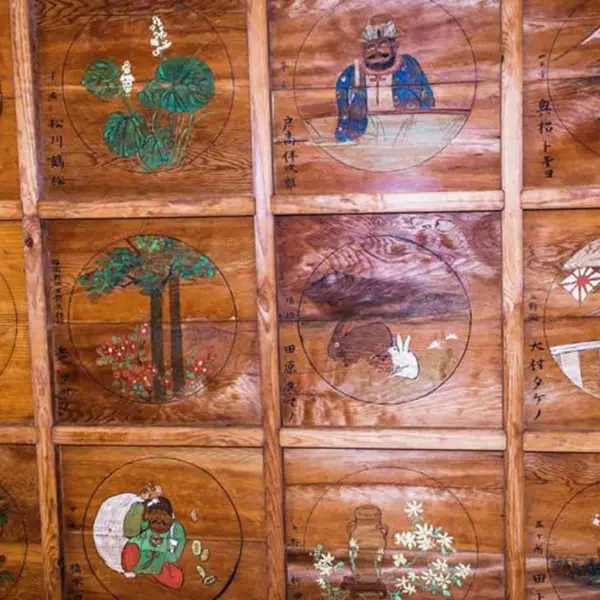 Shonenji Temple in Takachiho: A fascinating past and present
Shonenji Temple in Takachiho: A fascinating past and present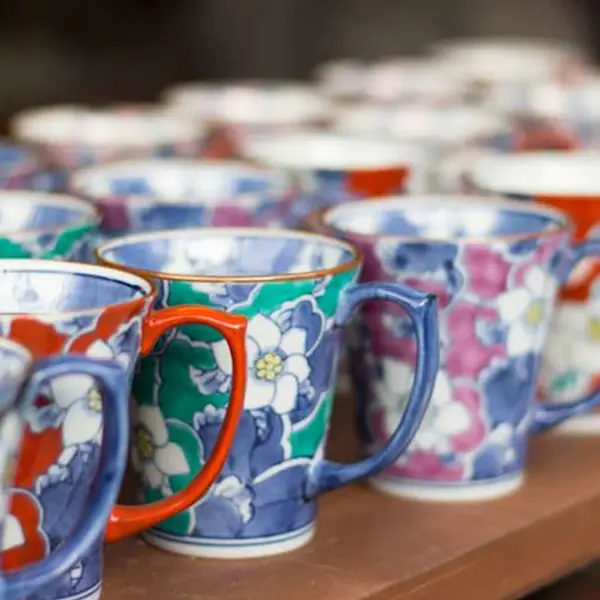 Karatsu, Imari and Arita: A Trip to Discover Saga Ceramics
Karatsu, Imari and Arita: A Trip to Discover Saga Ceramics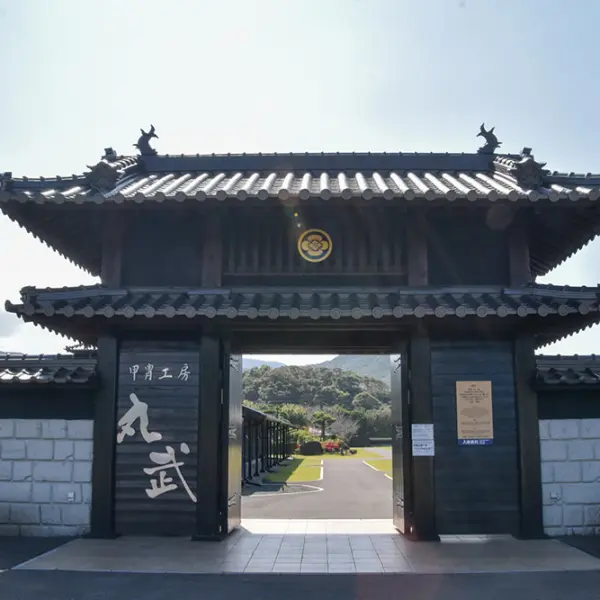 Immerse Yourself in the History and Culture of Japan’s Samurai Warriors at Marutake Sangyo
Immerse Yourself in the History and Culture of Japan’s Samurai Warriors at Marutake Sangyo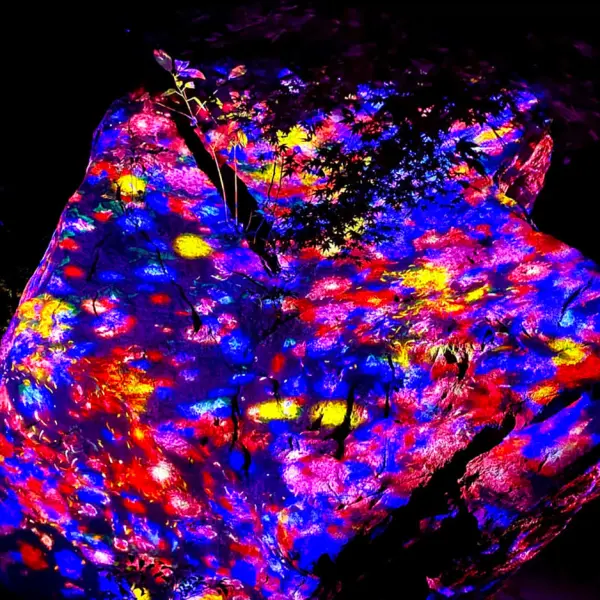 TeamLab breathes history at Mifuneyama Rakuen in Saga
TeamLab breathes history at Mifuneyama Rakuen in Saga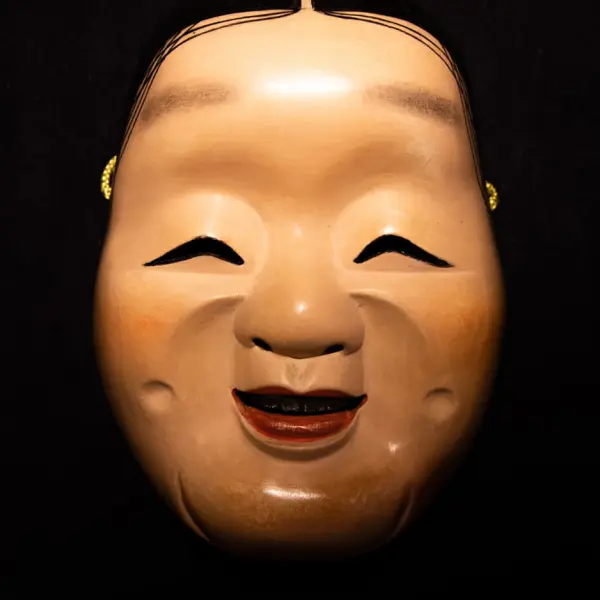 Spooky Castles, Wild Boar, Wax, and Kagura!
Spooky Castles, Wild Boar, Wax, and Kagura!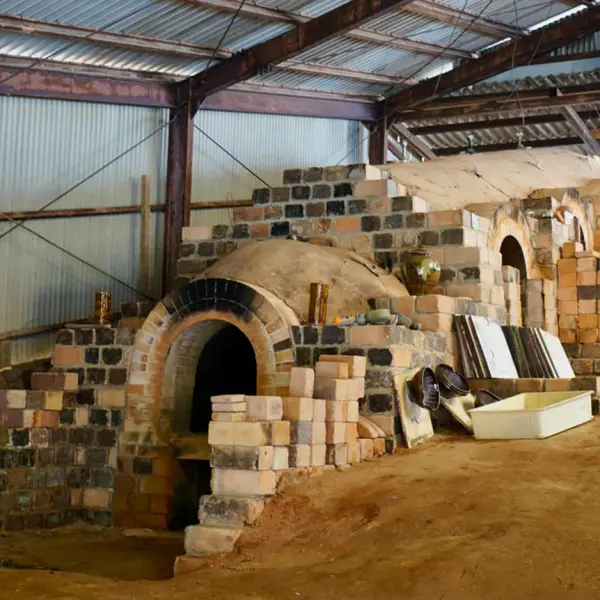 Koishiwara Pottery: From Climbing Kilns to Flying Dot Patterns
Koishiwara Pottery: From Climbing Kilns to Flying Dot Patterns A Rare Glimpse into the World of Katana Sword-Making with Matsunaga, a Kumamoto Swordsmith
A Rare Glimpse into the World of Katana Sword-Making with Matsunaga, a Kumamoto Swordsmith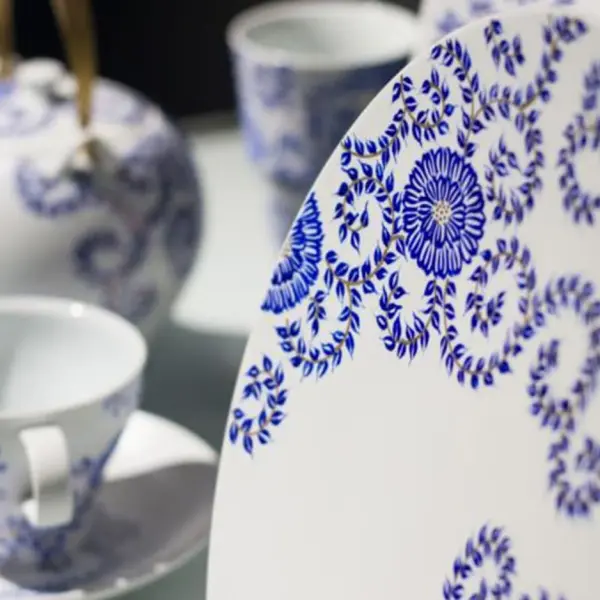 The Ancient Tradition of Ceramics Found in Saga Prefecture
The Ancient Tradition of Ceramics Found in Saga Prefecture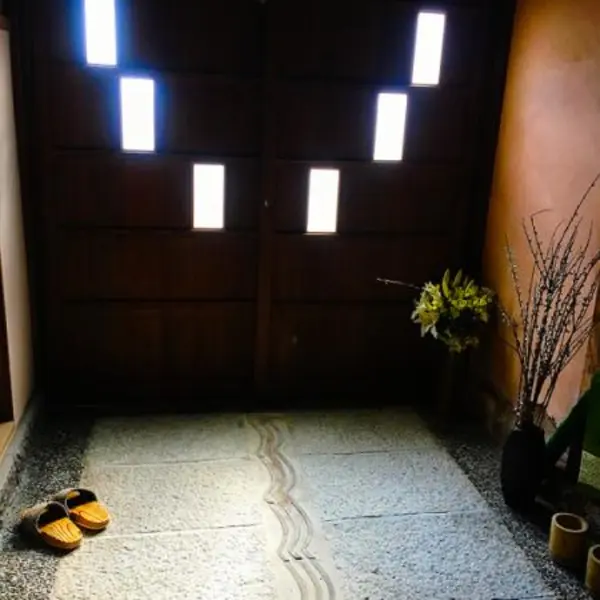 Taketa, Oita: An alluring artscape
Taketa, Oita: An alluring artscape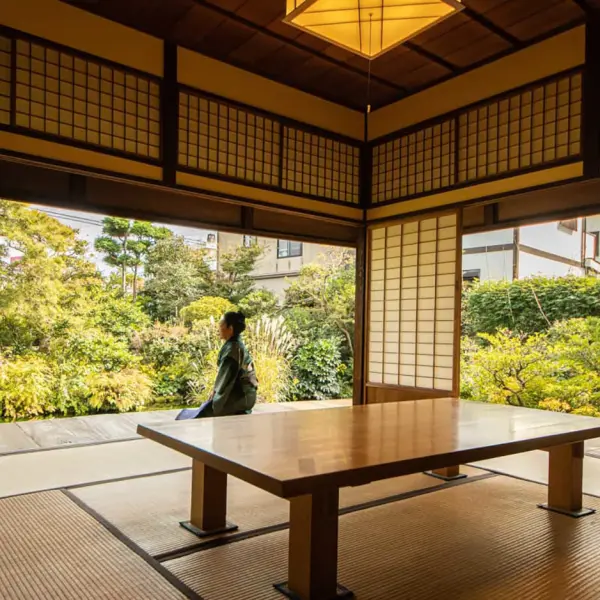 Samurai Road, Garden, and Dessert
Samurai Road, Garden, and Dessert




